Teen Mental Health & The Darker Side of Social Media: For Parents
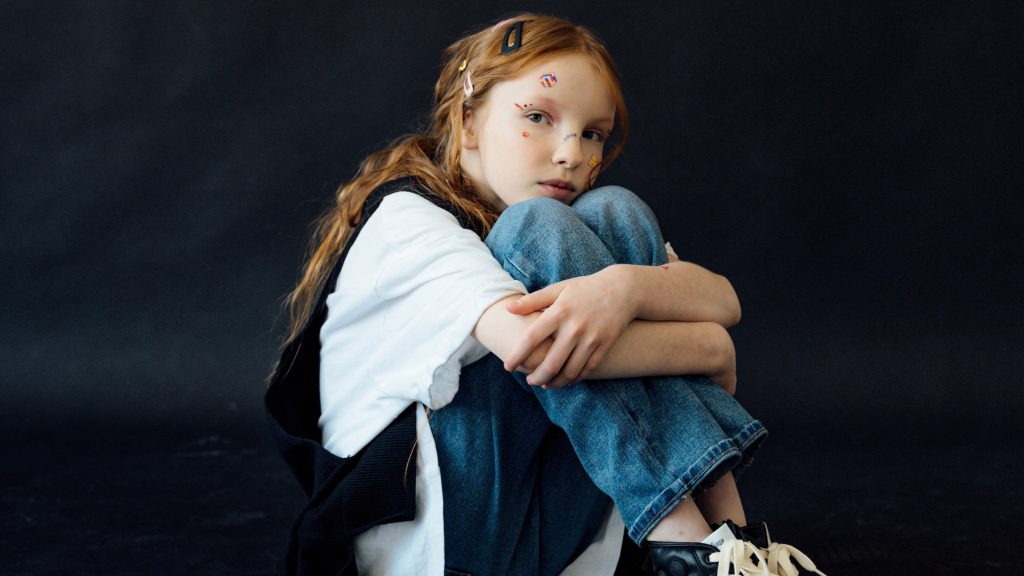
Today’s teenagers are facing “unprecedented challenges,” according to the U.S. Surgeon General’s 2021 Advisory entitled “Protecting Youth Mental Health” – and the Nation’s Doctor is not wrong.
Many mental health experts place much of the blame for the ongoing youth mental health crisis on social media, specifically the social media platforms like Facebook, Instagram, TikTok, and SnapChat.
J. K. Rowling, the author of the world-famous Harry Potter books, once perfectly summed up social media’s effect on young people:
“The internet has been a boon and a curse for teenagers.”J. K. Rowling, British author |
The U.S. Teenage Mental Health Crisis
The proof of the current U.S. mental health crisis seen among our teenagers is all around us.
- Hospital Emergency Departments are being inundated with adolescents suffering from mental health issues, including clinical depression and thoughts of suicide. Some of these kids have had to spend weeks in the same ED, simply waiting for an inpatient psychiatric bed to become available.
- A Centers for Disease Control & Prevention (CDC)’s report in 2021 on adolescent behaviors and experiences found 44% of high schoolers had felt persistently sad or hopeless during the past year.
- The rate of teenage deaths from a fatal drug overdose has tragically doubled in the last few years, driven by a need to “self-medicate” their feelings, coupled with the mass presence of the lethal opioid fentanyl.
A fundamentally flawed national healthcare system has further worsened the decline in the mental health of America’s youngsters. A system where it takes an average of 11 years for a child to receive the professional treatment they need after developing the symptoms of a mental health issue.
“Teen & Screen”: The Hidden Dangers of Social Media Platforms
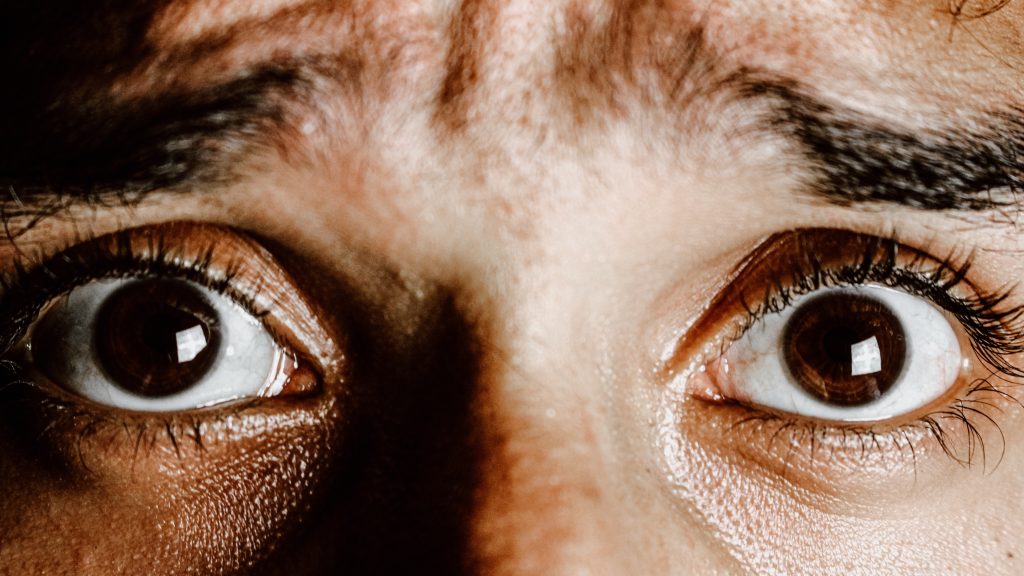
Social media enables its users to create online identities to express themselves, communicate with others, and build online social networks. These networks can provide teenagers with valuable support, especially helping those experiencing exclusion in their real lives and those who are disabled or suffering from a chronic medical condition.
However, many research studies have been on the negative side of social media use during the last decade. Many have arrived at contradictory findings. One point that is relatively clear in all of them is this.
Social media use that exceeds 5 hours a day can result in several health-related problems, including depression and anxiety. |
Overuse of Social Media Platforms: The Research into Dangers & Risks
It is not only public researchers looking at the adverse effects of social media use. The major social media companies, like Meta (the owners of Facebook and Instagram), have conducted their internal research on the potential damage their platforms can cause.
In one well-known instance made public in 2019, research information about Instagram was seen by the Wall Street Journal. According to the Journal, the research found it was particularly harmful for teenage girls.
Their findings revealed, “We make body image issues worse for one in three teen girls.”
Later research found, “Thirty-two per cent of teen girls said that when they felt bad about their bodies, Instagram made them feel worse.”
U.S. Teenagers: Social Media Use in 2022
The popularity of social media platforms – Facebook, Instagram, YouTube, etc. – are just like any other product or service; they are all subject to consumer choice and preference. Since 2014, many have gained popularity, like YouTube, Instagram, and SnapChat, and others have lost their edge, and seen their popularity drop significantly, such as Facebook and WhatsApp.
Social Media Use in 2022: Facts & Stats
- Around 1 in 5 teenagers visit or use YouTube “almost constantly” – only 2% say the same for Facebook
- 54% of teenagers say it would be hard to give up social media
- Teenage girls are more likely than boys to use TikTok, Instagram, and SnapChat – teenage boys are more likely to use Twitch, Reddit and YouTube
- 36% of teenagers say they spend too much time on social media – teenage girls are more likely than boys to say this
The Changes in Popularity of Social Media Platforms Among U.S. Teenagers: 2014-2022
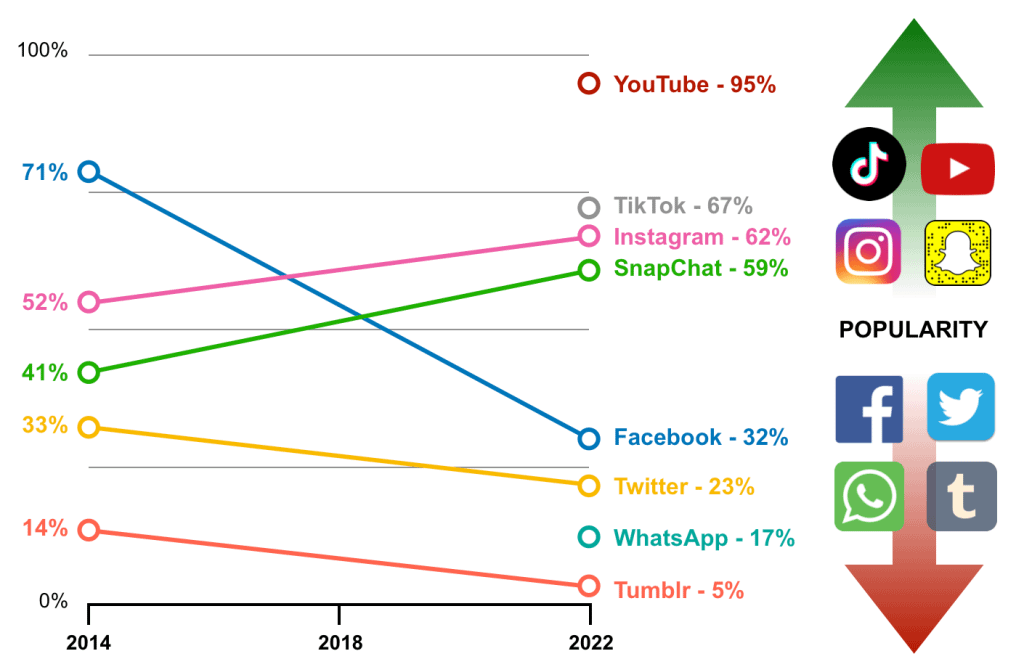
Data Source: Pew Research Center (2022)
Most Common Dangers & Risks of Social Media
These are the most concerning and sadly, the most common dangers to teenagers and children posed by social media currently, and all of these risks (and the anonymous people behind them) are only subject to the platforms’ own self-regulation.
It is important to note that the majority of dangers and risks posed by social media occur to teenagers using the more popular platforms, such as Instagram, Facebook, SnapChat, and TikTok.
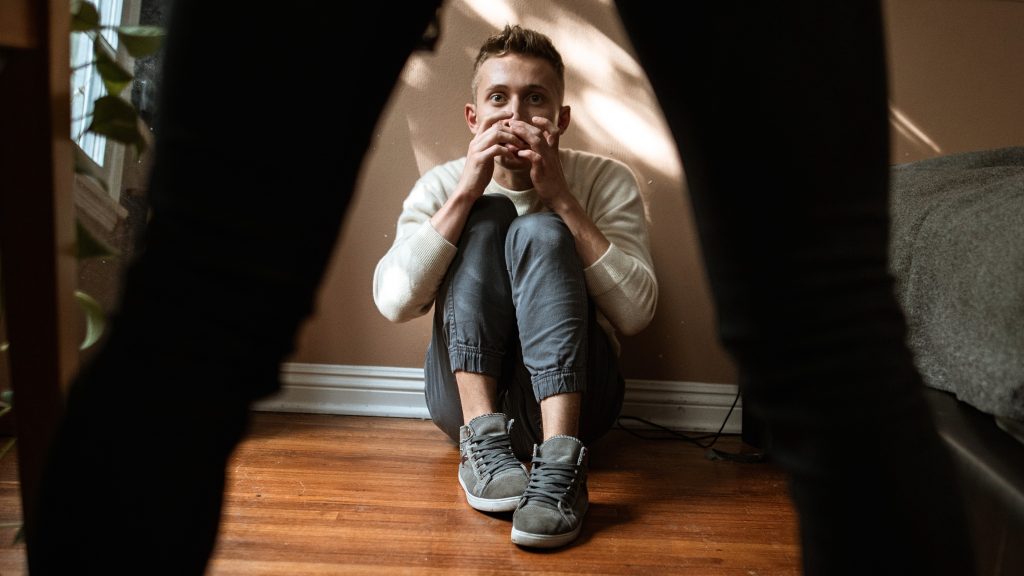
Teenage Social Media Use in 2022: Common Dangers & Risks |
|
|
Social Media Danger / Risk |
Supporting U.S. Studies & Statistics |
Poor Mental Health, including Mental Health Disorders & Behavioral Issues |
|
|
Heavy social media use has been linked to increased rates of depression and anxiety, as well as loneliness, decreased well-being, and low self-worth and low self-esteem among U.S. teens. There is also evidence that social media use can lead to the development of an eating disorder, such as anorexia nervosa, bulimia, or a binge-eating disorder, especially in teenage girls already dealing with poor mental health. |
Depression & Anxiety: A 2018 University of Pittsburgh study found that high levels of use was around 2-3 times more likely to result in symptoms of depression and anxiety. Eating Disorders: A 2020 Australian study conducted by the Macquarie University in Sydney and published in the Internal Journal of Eating Disorders found that certain appearance-related social media behaviors can indicate an increased risk of an eating disorder in adolescents. Additionally, a previous 2019 study, funded by an Australian Rotary Mental Health Grant, found that eating disorders that arose from social media overuse were occurring much earlier in children and teenagers than was previously thought. Lastly, the same study found that the risk of an eating disorder developing was significantly heightened by the overuse of specific social media platforms, namely Instagram and SnapChat. |
|
Several important factors likely contribute to these trends, including 1. External Validation 2. Comparison Culture Constantly comparing yourself to others isn’t good for your mental health. |
|
Cyberbullying: Online Harassment and Intimidation |
|
|
Social media platforms can provide a means for school bullies to harass and intimidate their victims online, as opposed to in-person bullying in or outside of school. Victims of cyberbullying are at an increased risk of developing a mental health disorder, such as depression and anxiety. Disturbingly, they have also been known to consider suicide, and to attempt it, too. Sadly, in some cases, they are successful. |
Enough.org, the website of Enough is Enough, a U.S. 501(c)(3) non-profit organization, revealed through several reputable sources 1. In 2022, it is estimated that around 59% of U.S. teens have been bullied or harassed online, with the most teenagers experiencing bullying on Instagram than any other platform. 2. 1 in 5 teenagers admit to skipping school because they were victims of cyberbullying. Furthermore, victims of cyberbullying can suffer some physical and mental health problems, such as:
|
Online Access to Illicit Dangerous Drugs |
|
|
A growing number of teenagers use social media platforms, like SnapChat and Facebook, to purchase illicit drugs online. Many teens do so because they believe they are buying real prescription pills, such as OxyContin, Xanax, and Adderall. However, the vast majority of the pills are counterfeit, containing the lethal opioid fentanyl and manufactured by Mexican drug cartels. Sadly, many teenagers fatally overdose this way. |
According to a recent University of California, Los Angeles (UCLA) study, overdose deaths among U.S. teenagers nearly doubled in 2020, even though the number of teens using drugs did not increase from 2010 to 2020. Overdose rates rose another 20% in the first half of 2021. Furthermore, in 2021, it was found from the coronary reports of adolescent overdose victims:
|
Social Media Addiction |
|
|
Social media addiction is the dependence on interactive platforms such as Facebook, Twitter, and Instagram. Like most dependencies, social media addiction manifests as overuse and difficulty abstaining. Ironically, one common effect of the problem is social isolation. |
|
|
“Social media is designed to hook our brains, and teens are especially susceptible to its addictiveness.” – Nancy DeAngelis, CRNP, Director of Behavioral Health, Jefferson Health |
|
Poor Social & Interpersonal Skills |
|
|
Social and emotional skills are like any skill – the more you practice, the better you become. As teens choose easier, virtual social interactions more often than in-person ones, they lose these opportunities to strengthen their capacity for emotional involvement and practice their social skills. |
“Interactions via social media make visitors feel connected without the difficulties and complexities involved in face-to-face interactions. Compared to interactions with computers, interactions with human counterparts require more emotional involvement, cognitive effort and brain activation. When we are not in the mood to exercise these resources, we too often choose the easier, virtual option.” – Dr. Liz Margalit, Israeli Social Psychologist |
Additional Dangers & Risks of Teenage Social Media Use
Privacy & Security Concerns: Because of their impulsive natures, teenagers may inadvertently share personal and private information online, which could be used for identity theft or other malicious purposes.
Additionally, experts suggest that teens who post content on social media are at risk of sharing intimate photos or highly personal stories. This can result in teens being bullied, harassed or even blackmailed.
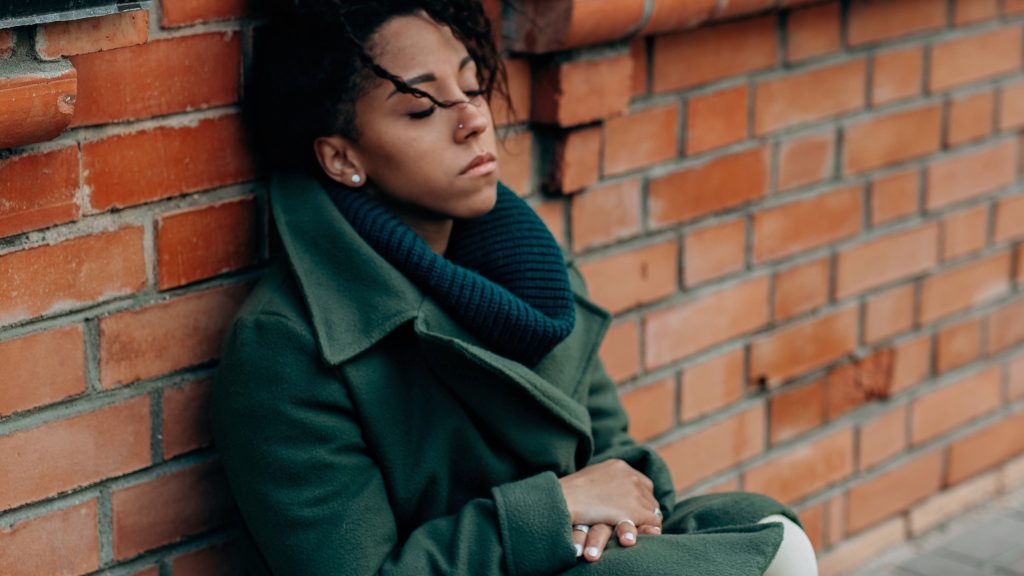
Sex Trafficking of Teenagers: 83% of active 2020 sex trafficking cases involved online solicitation, which is overwhelmingly the most common tactic traffickers use to solicit sex buyers.
It is estimated 59% of online victim recruitment in active sex trafficking cases occurred on Facebook.
Sadly, children account for half of the victims of human trafficking. In fact, the average age that a young person becomes involved in sex trafficking is just 12 years old. Although relatively rare, it is estimated that between 15,000 to 50,000 women and children are forced into sexual slavery in the U.S. every year, and the total number varies significantly as it is challenging to research conclusively.
Protecting Your Teenagers Online: Advice for Parents
Children and adults alike are using social media more than ever to stay connected with friends and family, both near and far away. However, the need for teenagers, especially to be safe and responsible online and to think critically about the content they may encounter is now a vital element of growing up.
5 Expert Tips for Protecting Your Teenager Online?
According to child social media experts and educators, you can take steps to encourage your teenager to use social media responsibly and to limit some of its harmful effects safely.
1. Talk about Social Media
Ask your teen how they are using social media and how it makes them feel. Remind your teen that social media is full of unrealistic images. You could discuss, for example, this article with them.
2. Setting Reasonable Limits
Talk to your teen about how to avoid letting social media interfere with their normal activities, sleep, or homework. Encourage a bedtime routine that avoids electronic media use. Set an example by following these rules yourself.
3. Monitor Your Teen’s Accounts
Let your teen know that you’ll be regularly checking their social media accounts – you might aim to do so once a week or more. Make sure you follow through.
4. Explain Antisocial Online Behavior
Discourage your teen from gossiping, spreading rumors, or bullying – online or otherwise. Talk to your teen about what is appropriate and safe to share on social media.
5. Encourage Face-to-Face Contact with Friends
This is particularly important for teens vulnerable to social anxiety disorder. If you think your teen is experiencing signs or symptoms of anxiety or depression related to social media use, talk to your child’s healthcare provider.
Avery’s House Can Help You: Teenage Mental Health Treatment
At Avery’s House, we’re passionate about helping teens, young adults, and their families to develop the skills needed to navigate the day-to-day struggles they face. Our highly specialized behavioral health professionals work with adolescents to evaluate, diagnose, and stabilize a variety of teen mental health conditions.
Contact us today to learn more about treatment options, verify your insurance coverage, and see if Avery’s House is right for you and your teenager.